We spent a cloudy, humid day driving and filming his Ford-powered Safety Red SV-1 around a small town outside the city. Typically it takes a full 8 to 10 hours to film everything I like, including exteriors, interiors, engine shots, drive-by footage, GoPro footage, and finally talking-and-driving shots (which are the hardest, because I suddenly forget everything I want to say as soon as the camera turns on).
Despite our state's best efforts, Pennsylvania roads remain continually torn up due to unfavorable weather and geography. The SV-1's solid rear axle tended to hop around on broken asphalt, but once we finally found a clear stretch, I was amazed at how well it held on through turns. I found myself pushing it way harder than I would other 1970s "sporty" cars, which I probably would have understeered into a tree by this point.
After a successful day of shooting, I spent the next morning at the car show with Howard. He was parked beside two other limited-production sports cars, a Nash Healey and a Kaiser Darrin. Both were gorgeous examples that, until then, I had never seen up close in person. Of the trio, the Bricklin probably drew the most attention. Once the gullwing doors go up, everybody seems drawn to it. (Although the Kaiser has cool doors, too.)
This time we were indoors, but just like our shoot back in Pittsburgh, the environment seemed to conspire against us. Auto shows are notorious for having nowhere to sit, and I didn't want to make Malcolm stand for half and hour while I asked pedantic questions about the AMC 360 V8. Thankfully we nabbed a free folding chair that was hiding behind one of the automaker's displays, and I found a wooden bench for myself to sit on. We got our lights and camera set up, and Malcolm was just about to arrive when football star Boomer Eisaison walked by with a box of cupcakes to celebrate the Ford Mustang's 55th birthday.
Malcolm showed up right on schedule, and we had a grand time chatting about his work. He regaled me with stories of getting soaked in the rain waiting for gullwing doors to open, being cursed out over the phone by AMC president Bill Luneburg, and recently getting called by multiple electric car startups asking for automotive industry advice. We could have talked for hours, but unfortunately we were limited to 45 minutes. (I published our full, unedited interview on the AutoMoments YouTube channel.)
More disconcerting were the people who described the company as a "sham" and Malcolm himself as a "huckster" (or worse). Given the SV-1's inseparable connection to Canadian politics, the car will always carry some degree of controversy. But controversy is not the same as genuine scandal. I wanted to make sure I had my facts straight before I published anything.
Thankfully, Malcolm's own account pretty much lined up with the accepted history of the company. Perhaps after all these years he sees the past with rosier glasses than some, but it's not like he tried to defraud New Brunswick and run off with millions. Like so many others who started automakers and failed, there was simply no amount of dreams or motivation that could overcome the incredible odds against him. He even admits that the chief cause for the company's problems was his own naivety. You won't find that kind of honest self-reflection from many people in the car industry, then or now.
Perhaps the worst allegation you could level against him is that he's an over-eager self-promoter, but then again, so are 90% of the people who were at the New York Auto Show that week...
I am amazed and grateful for how generous the Bricklin community has been. This video is truly a labor of love, and I couldn't have done it without a lot of help from a lot of people. Howard Hesketh, deserves credit not only for driving halfway across the country and trusting me behind the wheel of his car, but for providing an endless pool of facts, data, contacts, and enthusiasm. As one of the top authorities on the car, I'd recommend everyone in need of parts or service to check out his website: BigHBricklin.com. Mark Bricklin also deserves credit, as do Patrick R. Foster, the Provincial Archives of New Brunswick, Alden Jewell, and many others. Most of all, I'm thankful to Malcolm Bricklin, who took time out of his day to share stories with some guy from a random YouTube channel.
In a way, we're not that dissimilar; we're both self-promoters who love to talk about cars...
If you haven't already, I strongly encourage you to watch it. I also published Malcolm's full, unedited interview, and another video looking at some Bricklin brochures in depth. Enjoy!

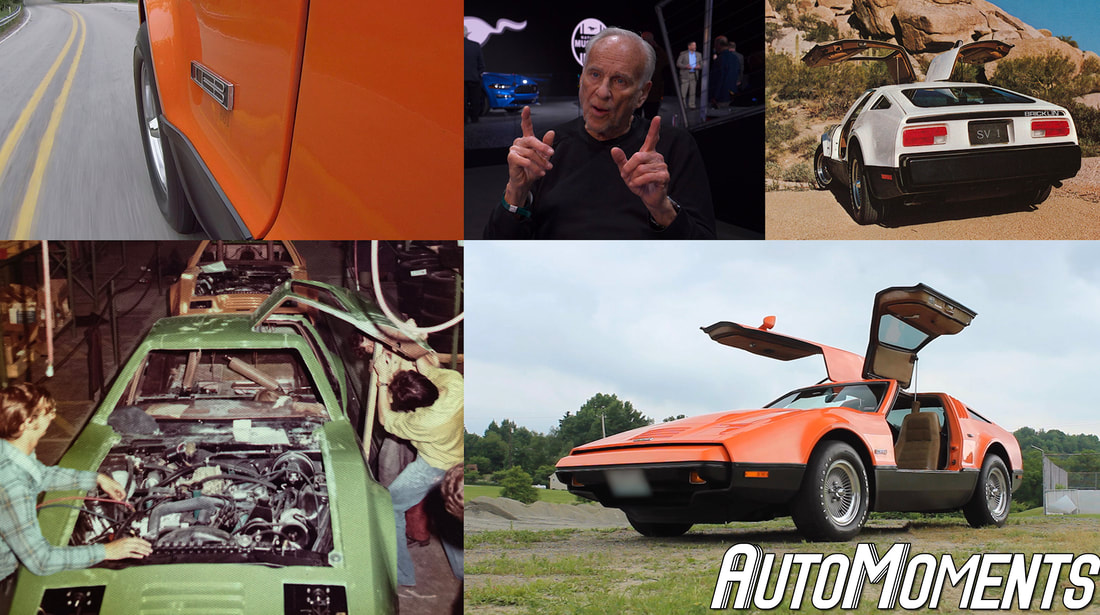
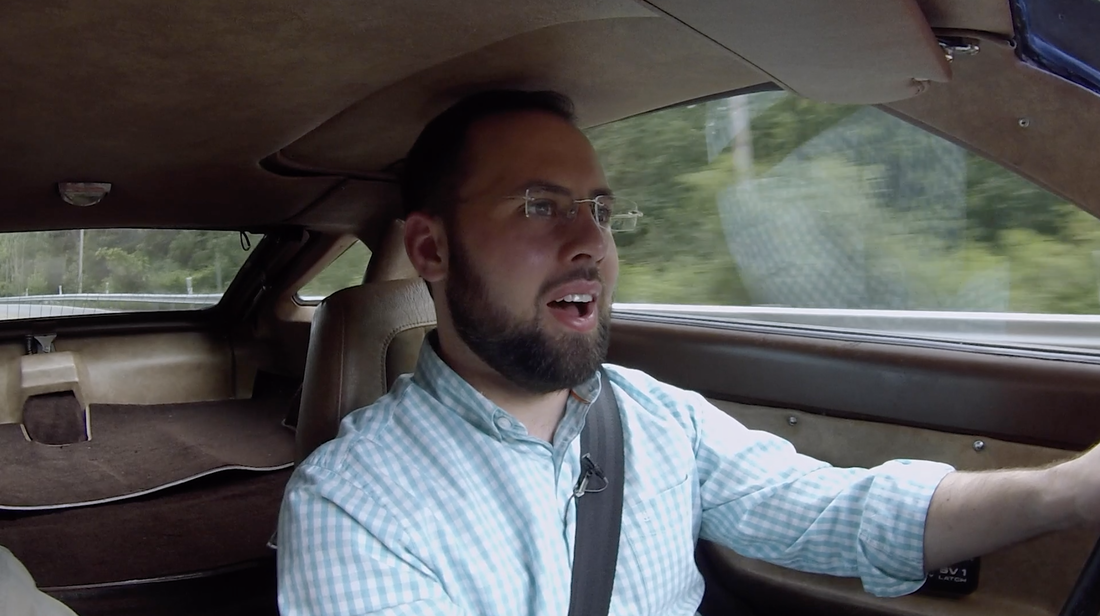
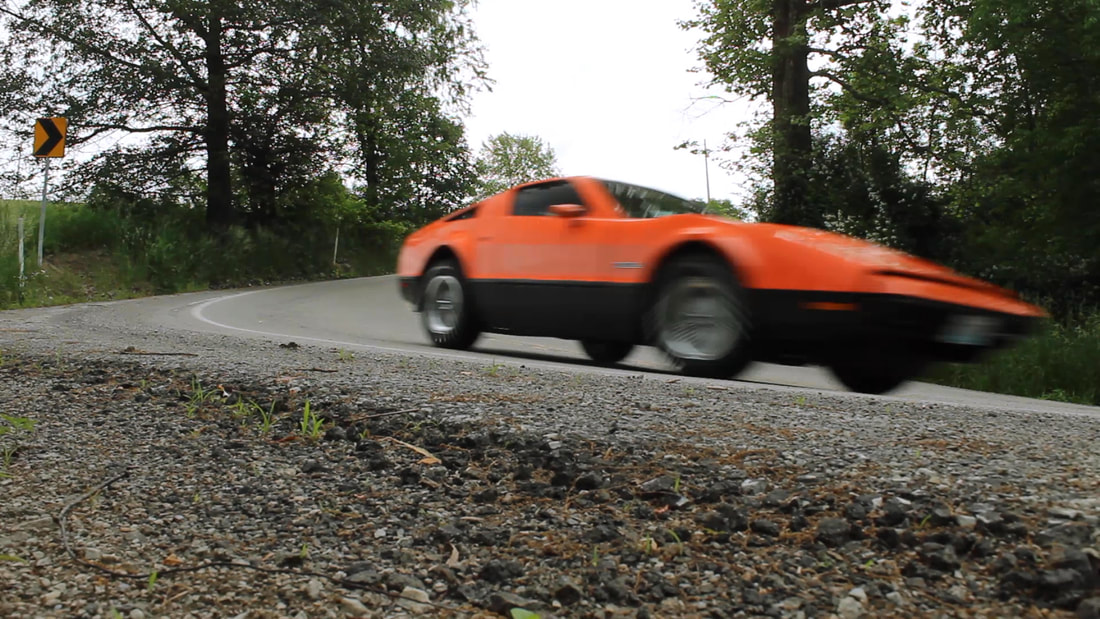
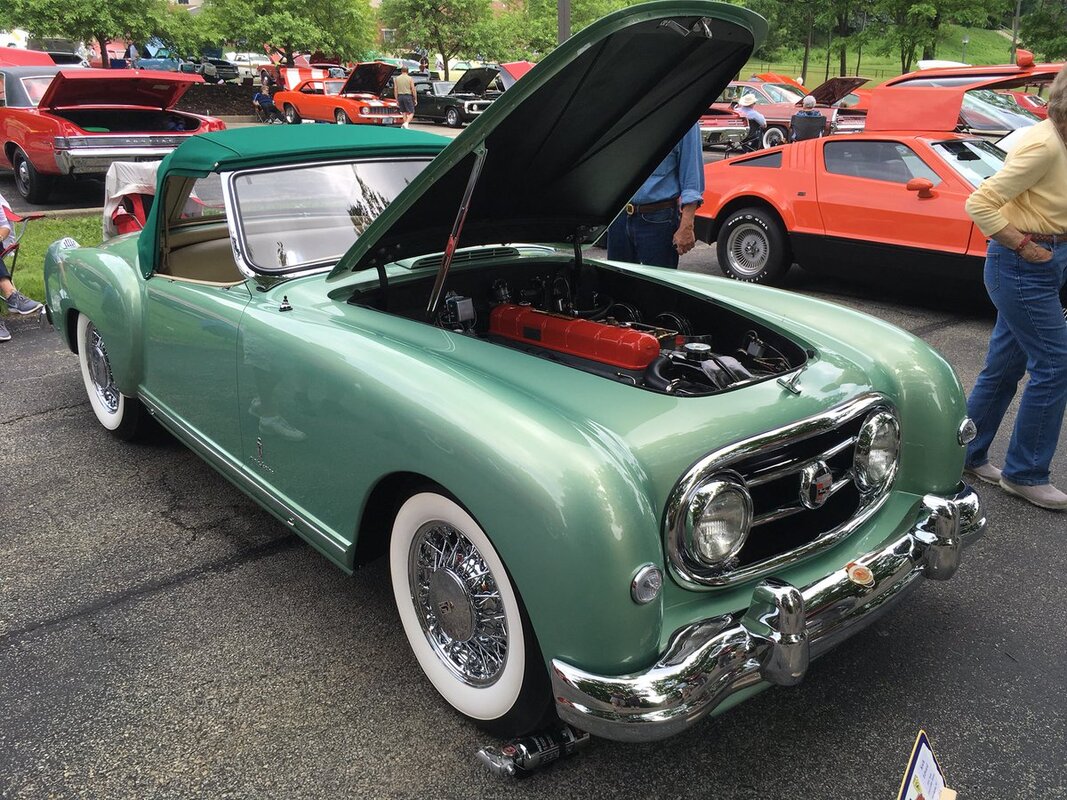
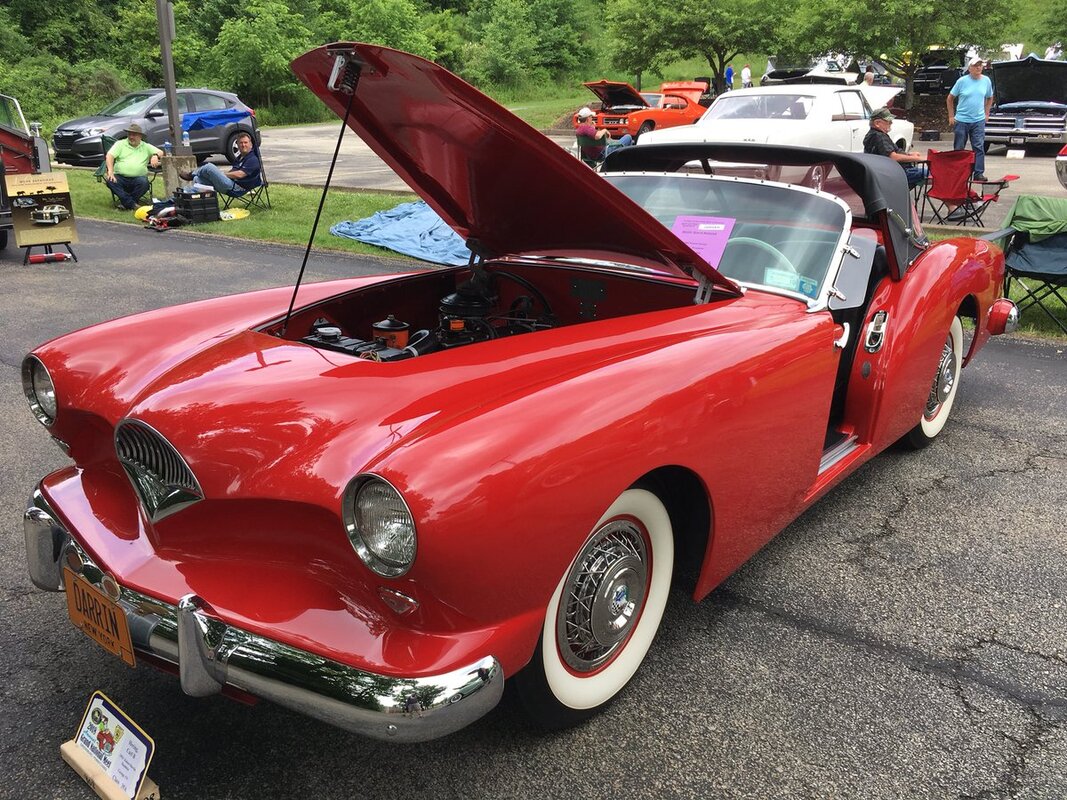
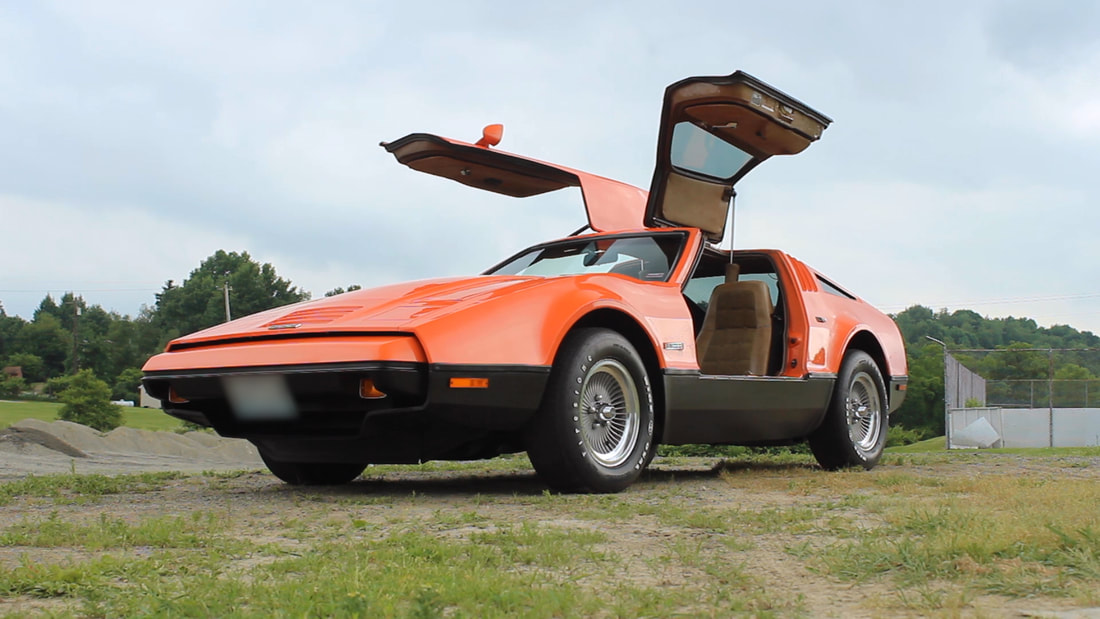
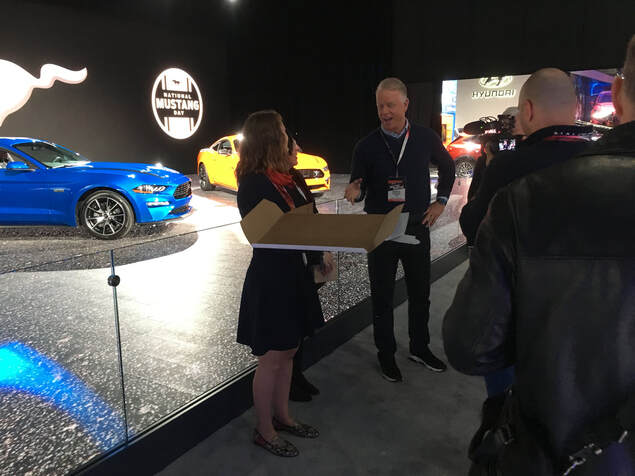
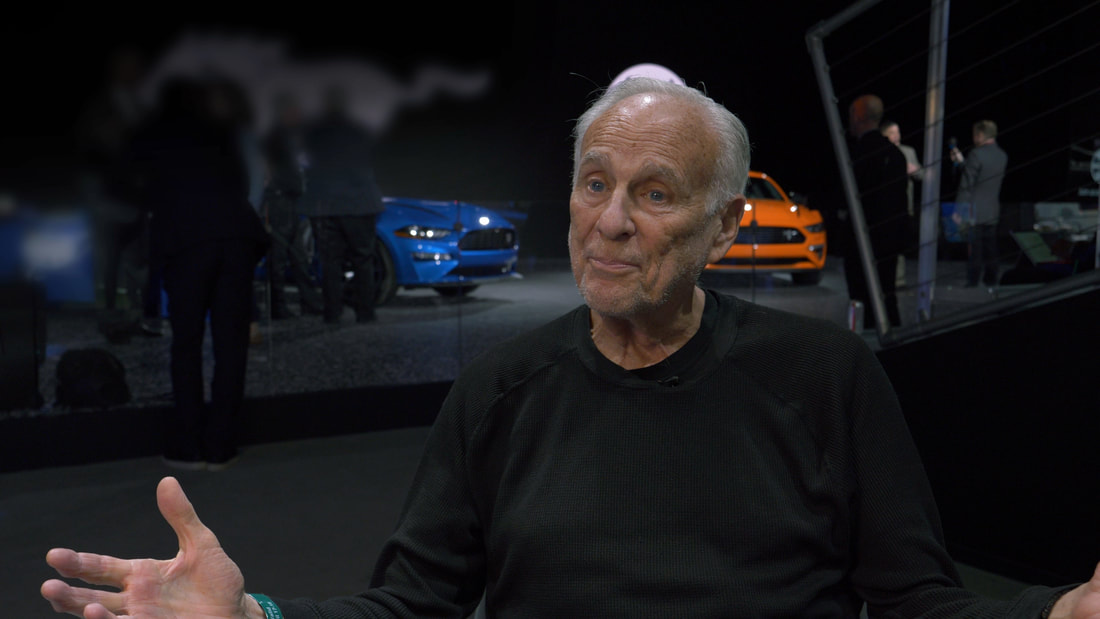
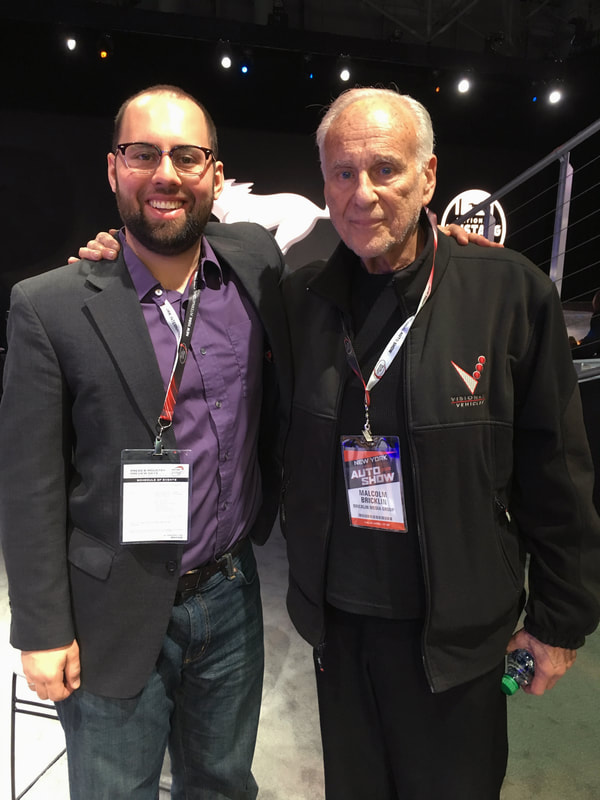
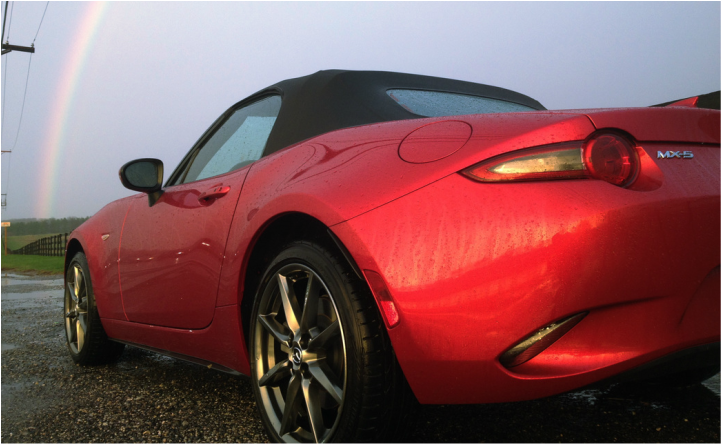
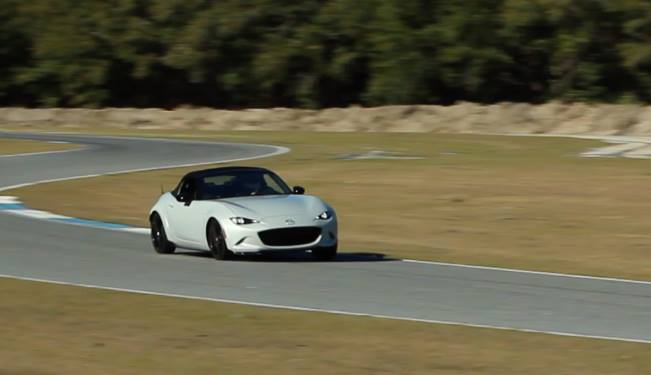
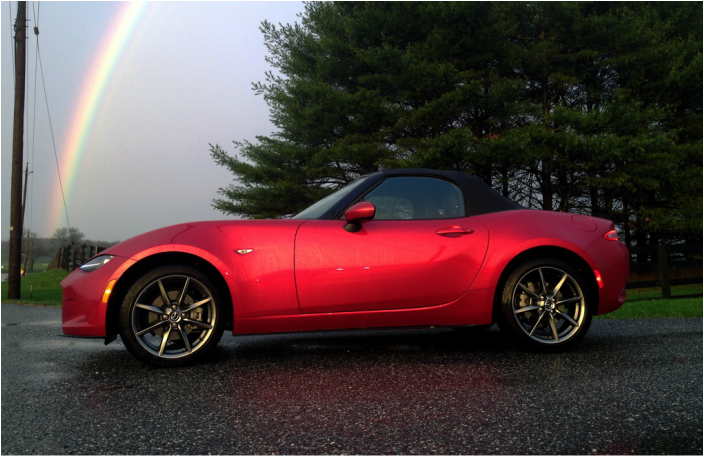
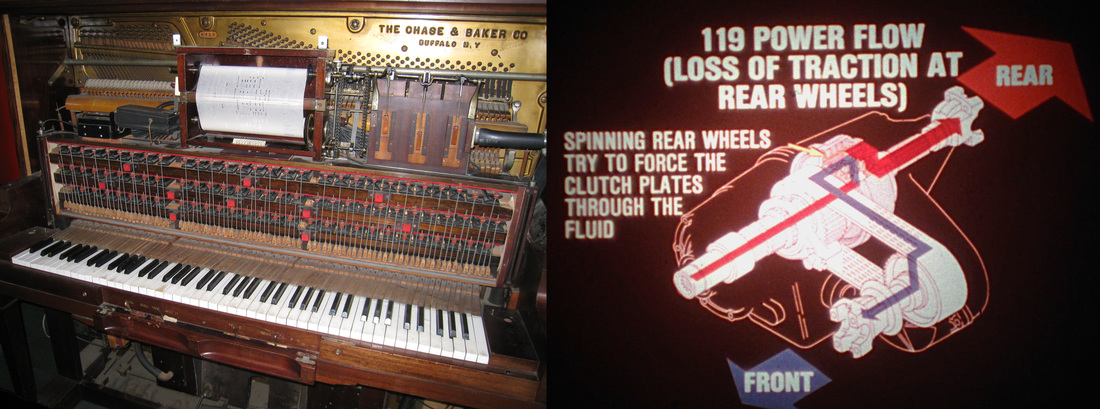
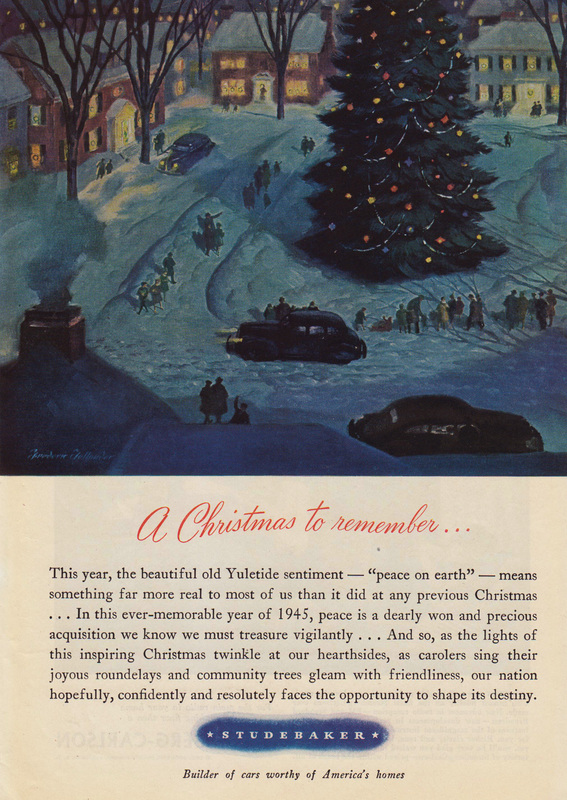


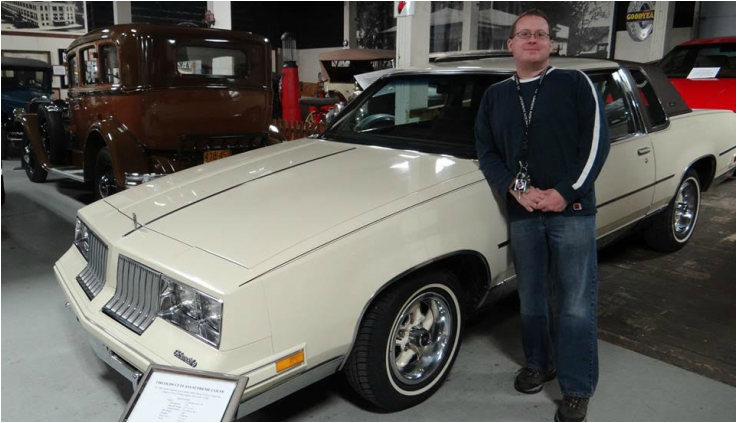
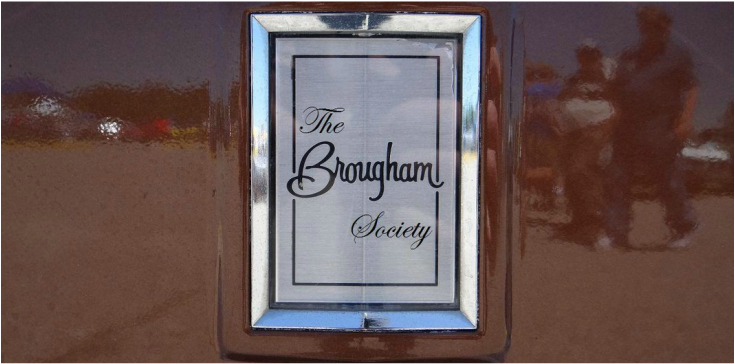
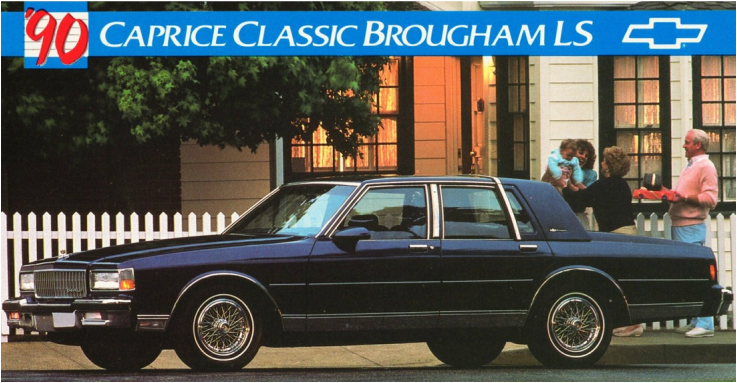

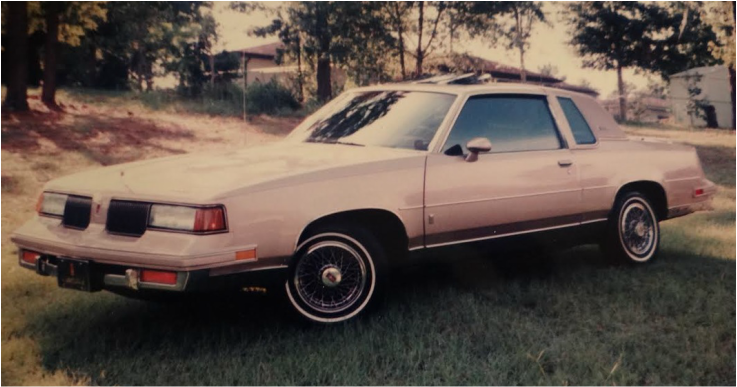
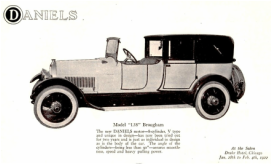
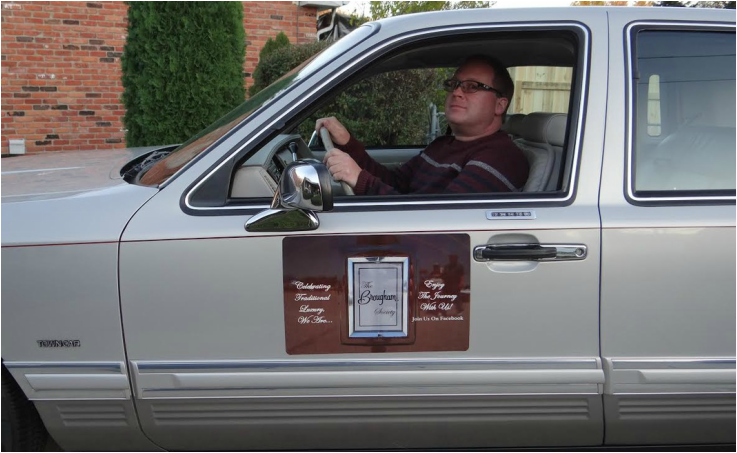
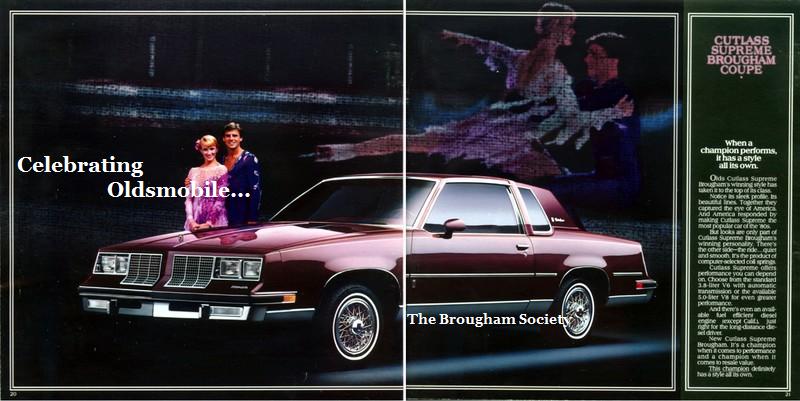
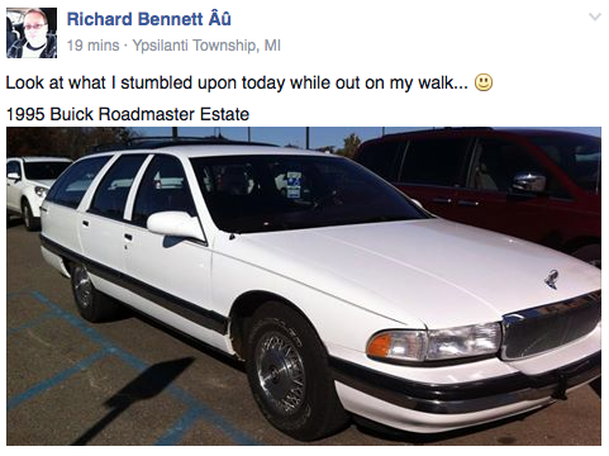
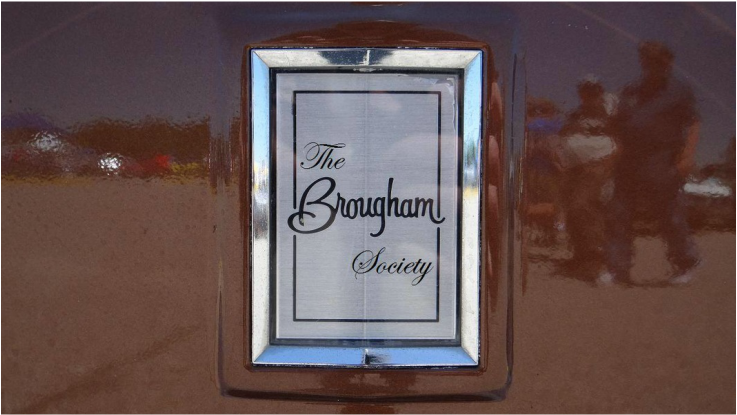
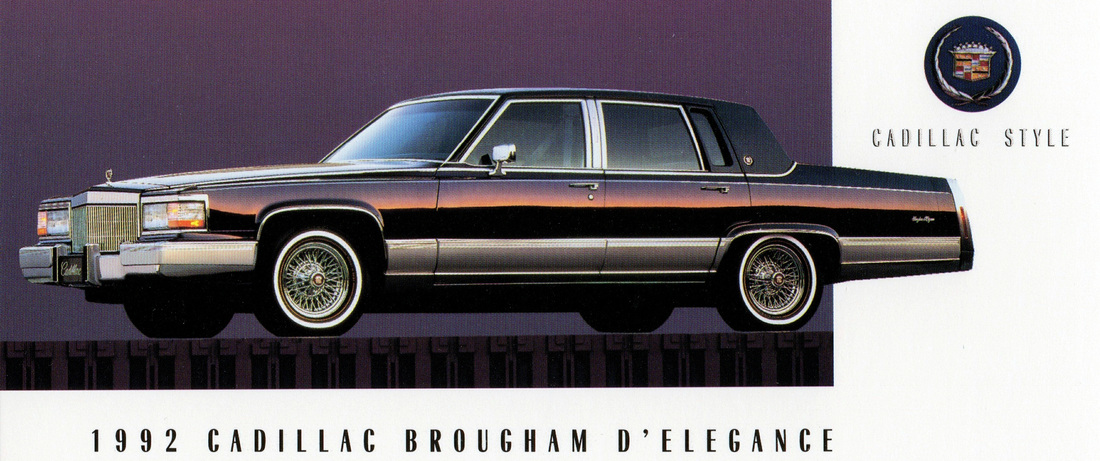
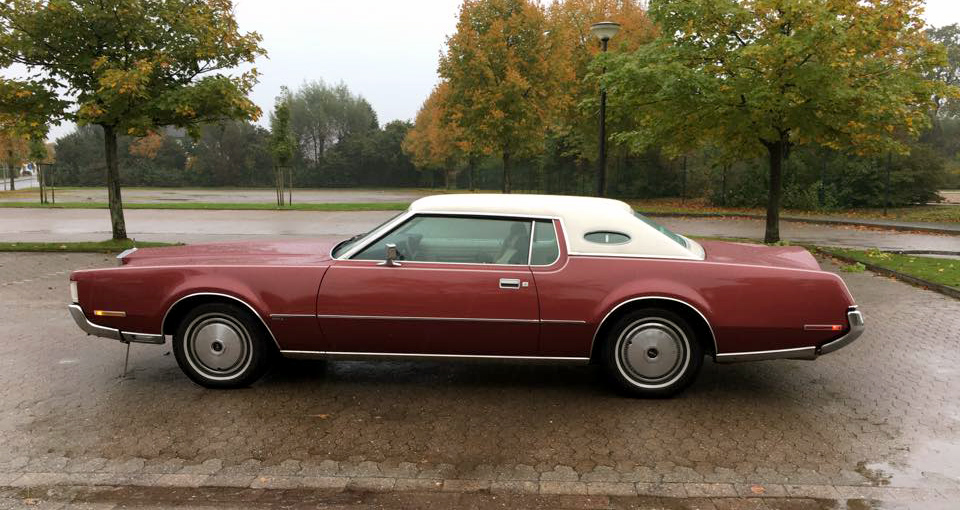
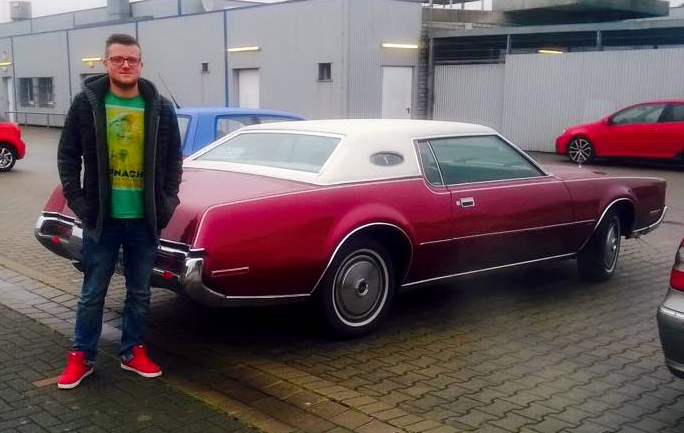
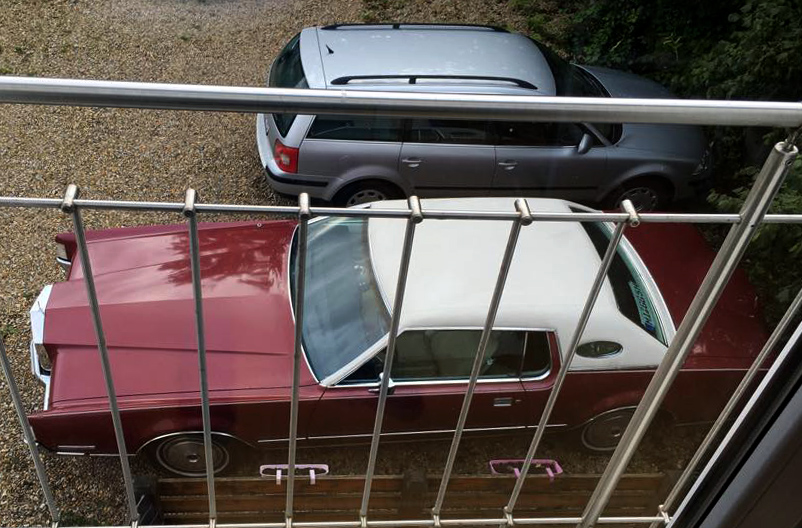
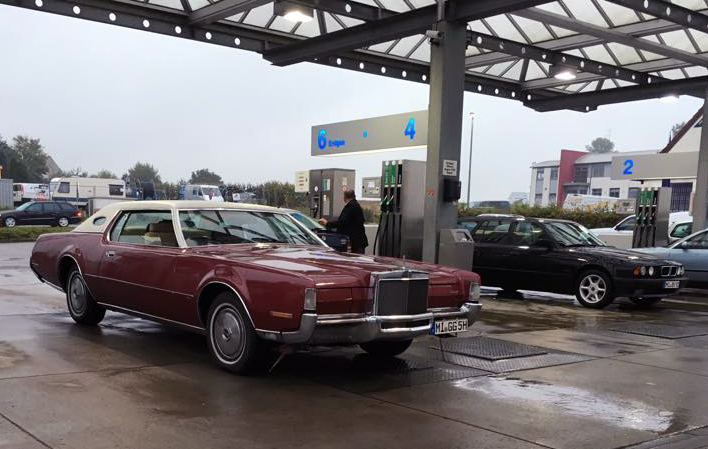

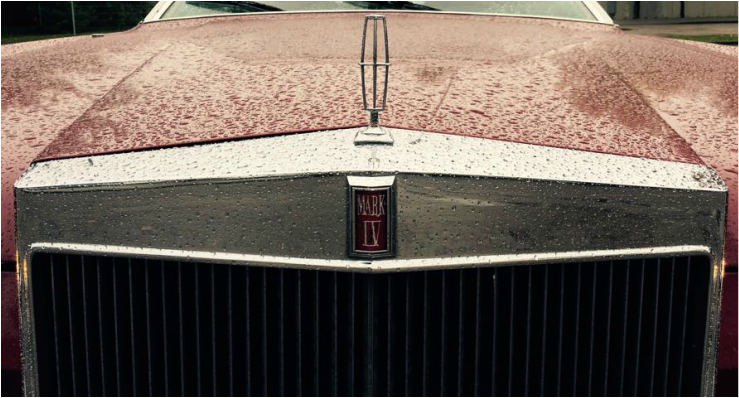
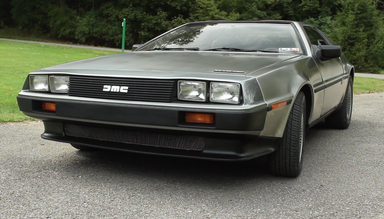
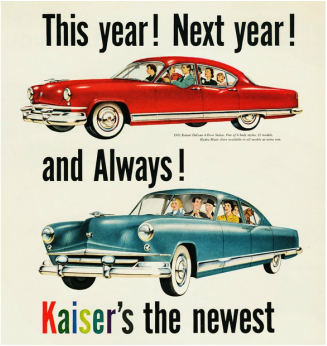
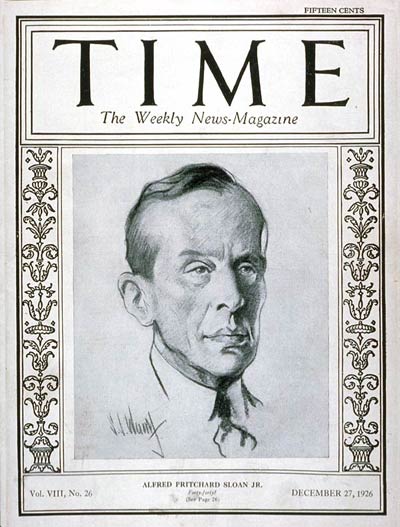
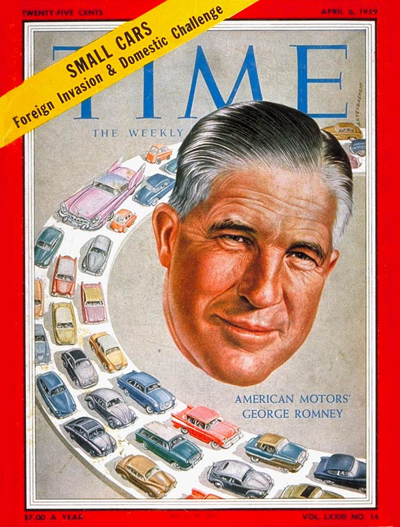
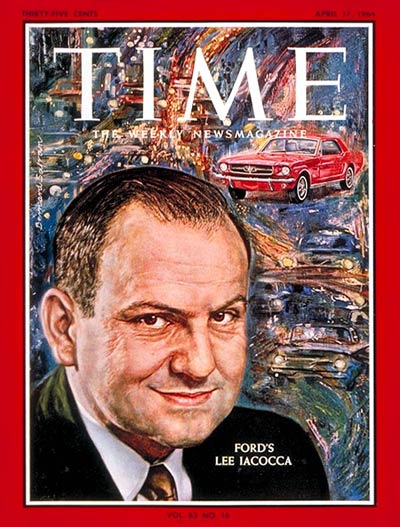
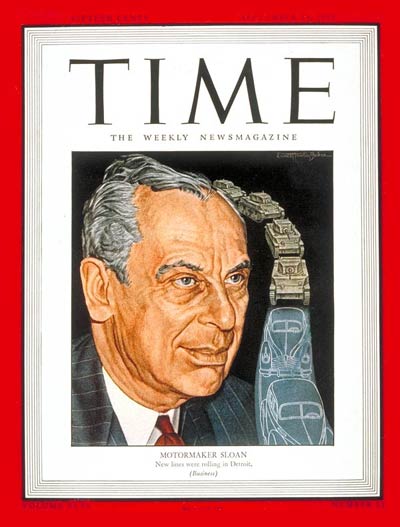
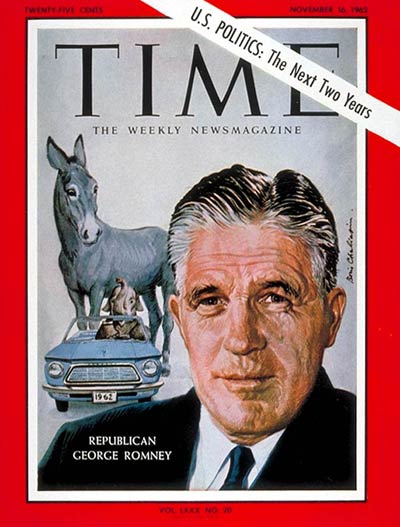
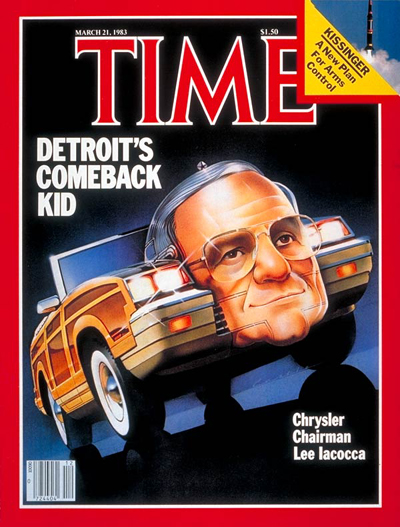
 RSS Feed
RSS Feed
